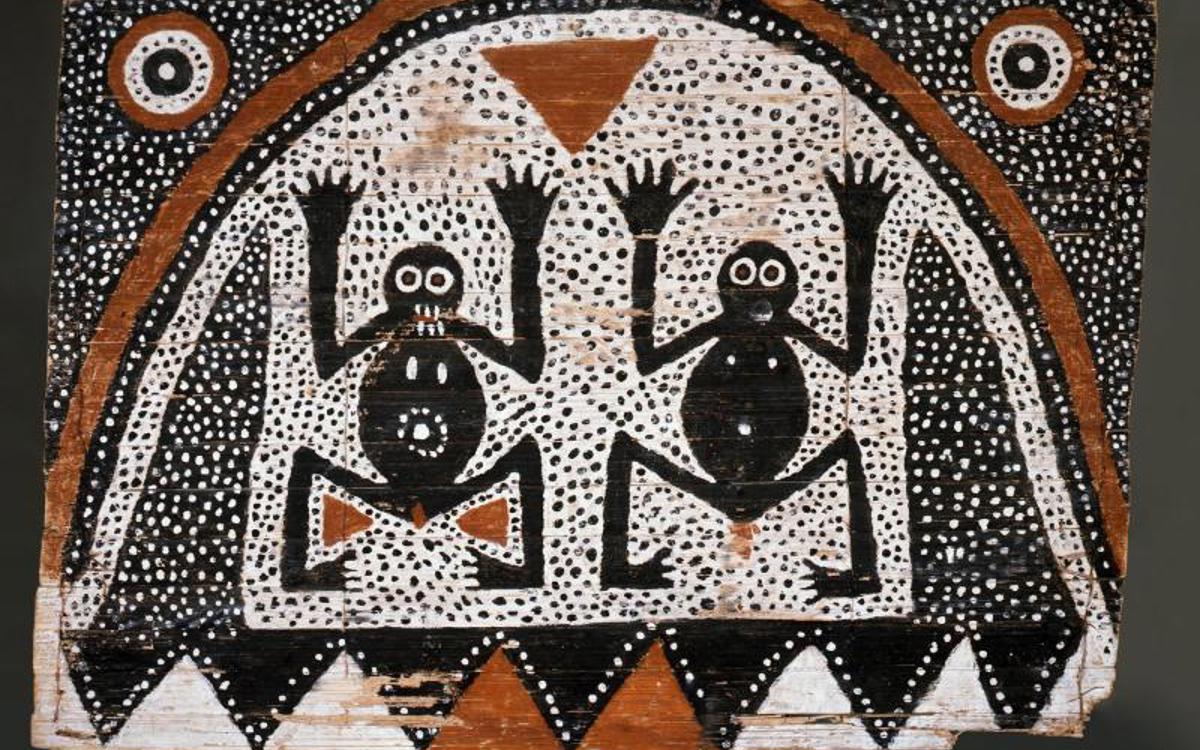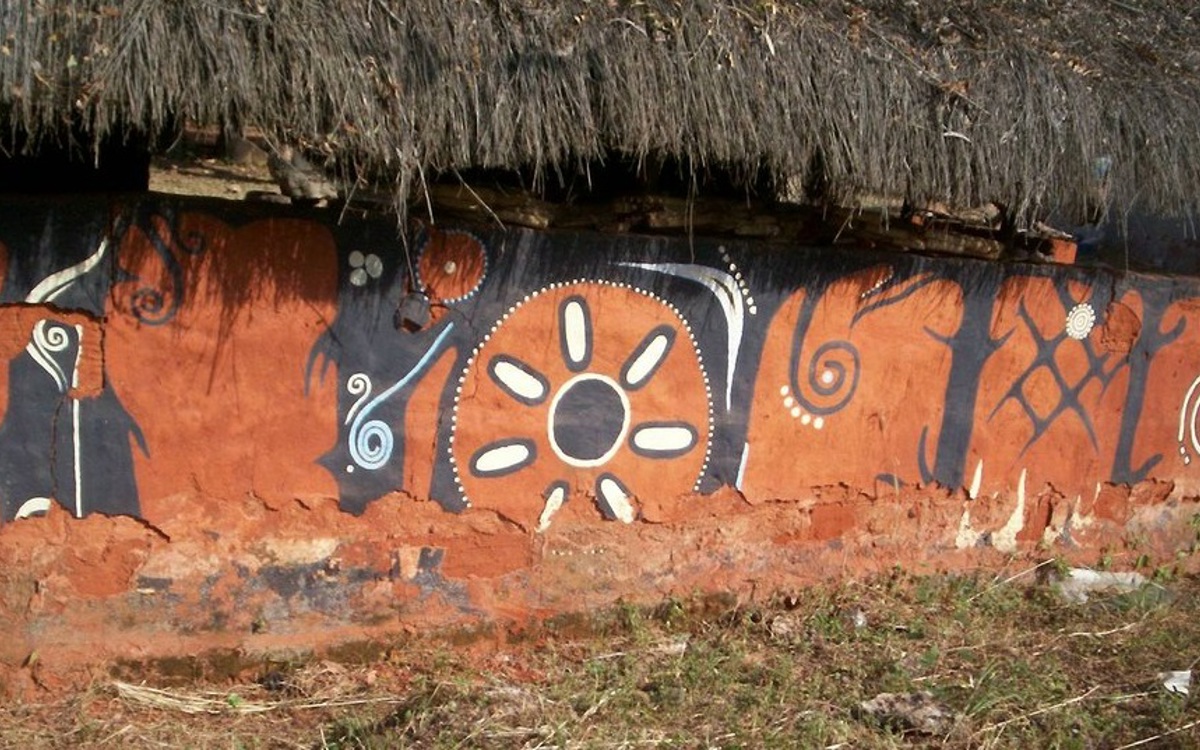How can rediscovering ancient traditions of stargazing help to awaken interest in modern astronomy? By Johnson Ozoemenam Urama, University of Nigeria, Nsukka

Rediscovering ancient traditions of stargazing can help to awaken interest in modern astronomy.
By Johnson Ozoemenam Urama, University of Nigeria, Nsukka
Since ancient times, people all over the world have stared up at the night sky and struggled to make sense of it. This curiosity gave birth to one of science’s oldest disciplines: astronomy – the study of celestial objects and phenomena. But astronomy is arguably more than the science of the stars. It is intimately connected to our ideas of ourselves, our purpose and place in the universe.
Africa’s astronomical systems are as old as its people. For thousands of years, observations of the cosmos have guided communities in practical and spiritual ways, from agriculture and navigation to religion and ritual. Indigenous communities were the keepers of a rich body of astronomical observations and knowledge, sometimes encoded in the myths and folklore passed down through generations. Yet over the centuries, this connection to the skies has been lost. Unlike some other parts of the world, many people in west Africa seem disconnected from modern astronomy, feeling they have no stake or interest in a field that seems so remote from their daily lives. At the same time, large bodies of indigenous astronomical knowledge have faded into the night, unwritten and undocumented.
But could the rediscovery of traditional knowledge hold the key to popularising modern astronomy in parts of the world where interest in it has waned? While astrophysics and ancient mythology may seem light years apart, building a bridge between the traditional and the scientific – through a field called cultural astronomy – can be a surprisingly powerful way to awaken interest in the skies.
Instead of feeling that astronomy is something divorced from their lives and culture, students and young people are reminded that it is deeply intertwined with their cultural roots. Rediscovering this knowledge reminds them that their ancestors and communities have a rich history of astronomical observation that stretches back over thousands of years – knowledge that, for centuries, was an essential part of our lives. It’s just that we lost it somewhere, and we need to get it back.

Celestial bodies
Cultural astronomy focuses on the many ways in which people and cultures interact with celestial bodies and integrate them into their view of the world. It looks at how astronomical knowledge and beliefs can inspire and influence social structures, ideologies, and behaviour. It encompasses the modern disciplines of ethnoastronomy – a branch of astronomy concerned with the astronomical beliefs and practices of specific cultures – and archaeoastronomy, which focuses more on the astronomically aligned objects, monuments, megaliths, and ceremonial constructions of civilisations past.
The cultural astronomy of west Africa is as diverse as her ethnic groups. With a population of more than 400 million, the region is made up of 16 countries. Hundreds of languages are spoken – with more than 250 languages in Nigeria alone. Most of these ethnic groups have cultures that are rich in astronomy, including diverse theories of the universe, its dynamics, and its origins. These are accompanied by an array of sky-related beliefs and traditions, mythical figures, and divination methods that are based on observations of celestial bodies. All are reflections of the cultures that created them.
While modern astronomy may be a relatively new and unpopular field in west Africa, cultural astronomy reminds us that observation of the skies is deeply rooted in our culture. One interesting way to bridge the gap between traditional and modern astronomy is to ask what might a scientific interpretation be of seemingly ancient theories or observations? How might we interpret celestial myths through the lens of modern astronomy? And what secrets might they reveal about our universe and astronomical events?
The rest of this article touches on some of the stories gathered as part of my work in cultural astronomy. Regardless of what we might consider their scientific ‘validity’, every scientist can relate to the process of making observations and creating theories to explain and understand them. Some are stories that may have shaped the lived realities of communities; others suggest knowledge that western science wouldn’t discover until years later. But all may inspire people everywhere to look up at the stars and remember our long history of relating to them.
The moon’s path is full of thorns
The Hausa-speaking communities of west Africa have a number of myths and folktales about the sun, moon and stars. One story tells that the moon’s path is full of thorns, while that of the sun is sandy, meaning the moon travels more slowly than the sun. When the moon can proceed no further, he gets on the sun’s path until the sun catches him. When the sun has caught the moon, the people take their drums and ask the sun to spare him. This ‘catching-up’ takes place during a solar eclipse.
Eclipses also have significance among the Igala people, where they were thought to signal that the world wished to come to an end. Drums, buckets, plates, and bowls were beaten in a plea to their god to spare it. Here, it is also believed that the moon has two wives. These are the brightest stars that stay close to the moon when it appears at night, the most beloved one staying the closest.
Hausa communities also have their own names for constellations, one example being Kaza Maiyaya (the Hen with Chickens), a constellation that appears at the start of the rains. This is the cluster of stars known in modern astronomy by its Greek name Pleiades, and is the constellation most easily seen from Earth.
Among the Igbo-speaking people of south-eastern Nigeria, the supreme being (Chukwu) is commonly identified with the sun (Anyanwu). In the Nsukka area of Igboland, almost every household once had a shrine of Anyanwu – a round pottery dish sunk into the ground at the base of an ogbu tree. The pottery dish represents the round disc of the sun, with offerings made at sunrise or sunset.
Among the Jukun communities of the Benue basin, there is the same partial identification between the sun and the supreme being. In fact, the Jukun words for sun and supreme being have the same linguistic roots as those used by the Igbo. These words may reveal other, more surprising connections too: is it purely coincidental that Heliopolis, the centre of sun-worship in ancient Egypt, was known by the Egyptians as Anu – the Jukun word for sun? It is also interesting to note that Jukun sun altars include two mounds of sand, echoing the use of mounds of sand in Egyptian sun rites.

The smallest thing there is
The ancient astronomy of the Dogon people is particularly exciting. The Dogon is an ethnic group indigenous to the central plateau region of Mali, west Africa. Dogon beliefs, thought to be thousands of years old, include remarkable knowledge of the Sirius star system. Dogon priests said that Sirius had a companion star that was invisible to the human eye. This star, they said, moved in a 50-year elliptical orbit around Sirius, was small and incredibly heavy, and rotated on its axis. All these things happen to be true.
What makes this so remarkable is that the companion star of Sirius, known as Sirius B, was not seen through a telescope until 1862. Yet Dogon artifacts representing the Sirius star system are thought to be at least 400 years old. Po Tolo, the Dogon name for Sirius B, comprises the word for star (tolo) and po, the name of the smallest seed known to them. With this name, they describe the star's smallness – it is, they say, ‘the smallest thing there is’. The Dogon claim that Po Tolo is white and composed of a mysterious, super-dense metal called sagala, which they declare is heavier than all the iron on Earth. Not until 1926 did western science discover that this tiny star is a white dwarf, a category of star characterised by its great density. NASA estimate that a single teaspoon of white dwarf material would weigh about 15 tons.
The Dogon also describe a third star in the Sirius system: Emme Ya. Larger and lighter than Sirius B, this star also revolves around Sirius. To date, however, modern astronomers have not identified Emme Ya. Will our astronomical instruments one day be powerful enough for us to find this legendary planet, thereby adding still more mystery to the extraordinary – seemingly impossible – astronomical knowledge of the Dogon? Could it indeed be discovered by a young Malian star gazer, whose interest in modern astronomy was inspired by the remarkable knowledge of her ancestors?
All these stories, and the traditions of stargazing embedded in many communities, remind us that astronomy, of all the science disciplines, has the deepest cultural roots. There are hundreds of different mythologies and theories of the universe asking to be studied more systematically, with the potential for collaboration across university disciplines as broad ranging as astronomy, anthropology, physics, art, literature, history, geography, and religion. If we can reconnect with the sense of awe and wonder that comes from looking up at the skies above us, cultural astronomy can continue to build bridges between the scientific and the spiritual, storytelling and observation, mythology and reason, and between old and new.
Professor Johnson Ozoemenam Urama is Professor of Astrophysics and Deputy Vice-Chancellor (Academic) at the University of Nigeria, Nsukka.
Images (from top): Baltu or painted screen, courtesy of the Michael C Carlos Museum of Emory University, licensed under CC BY-NC-SA 4.0. Igbo painting on the wall of a house courtesy of the author.
